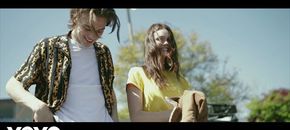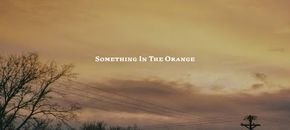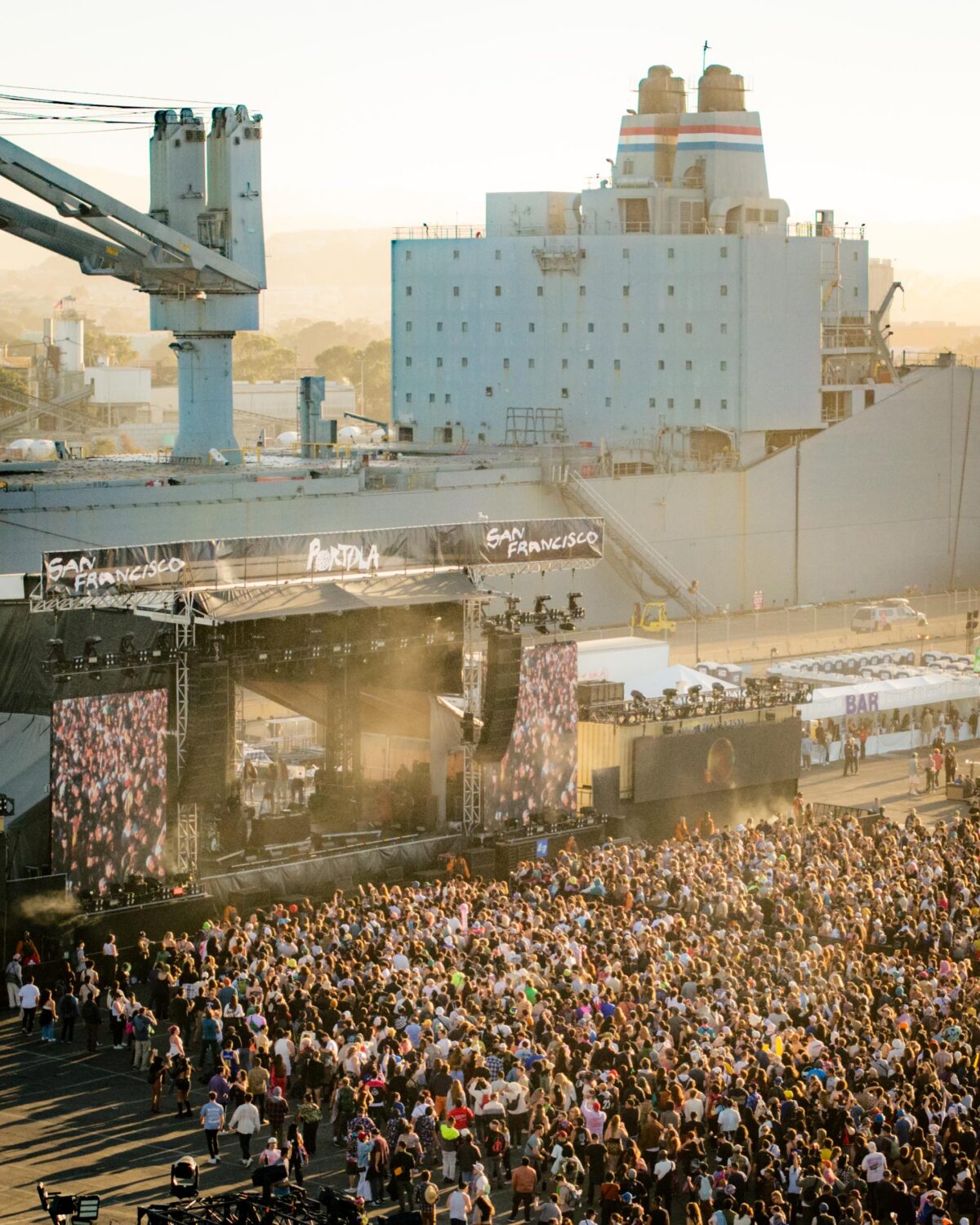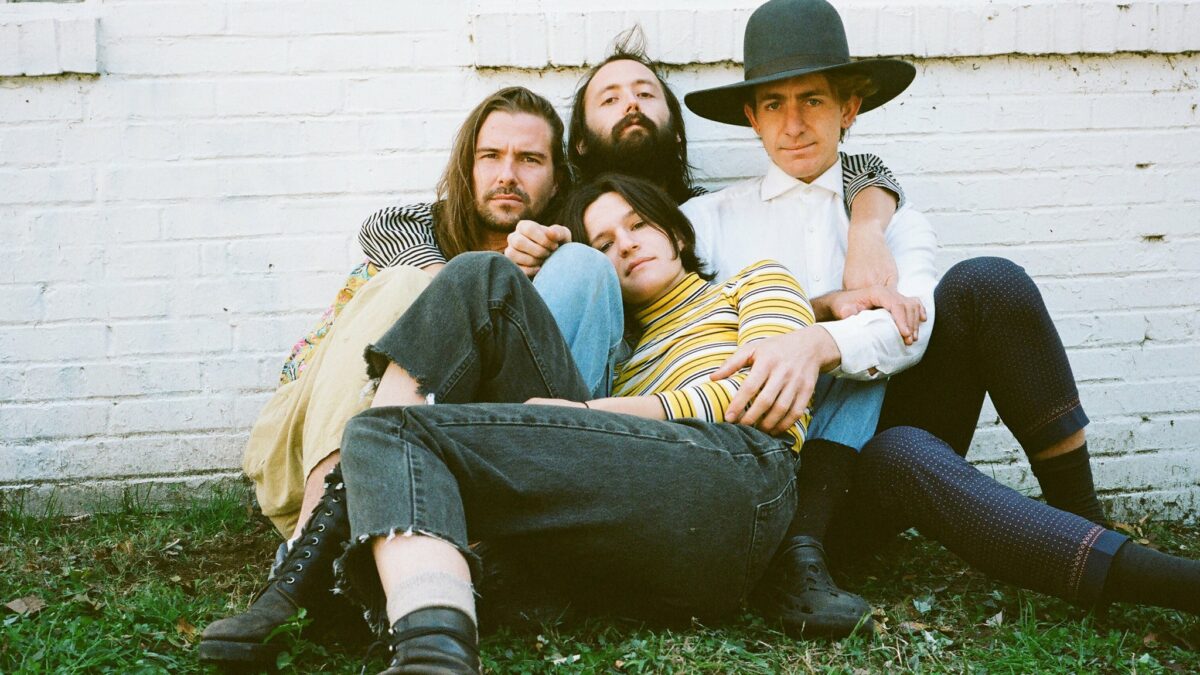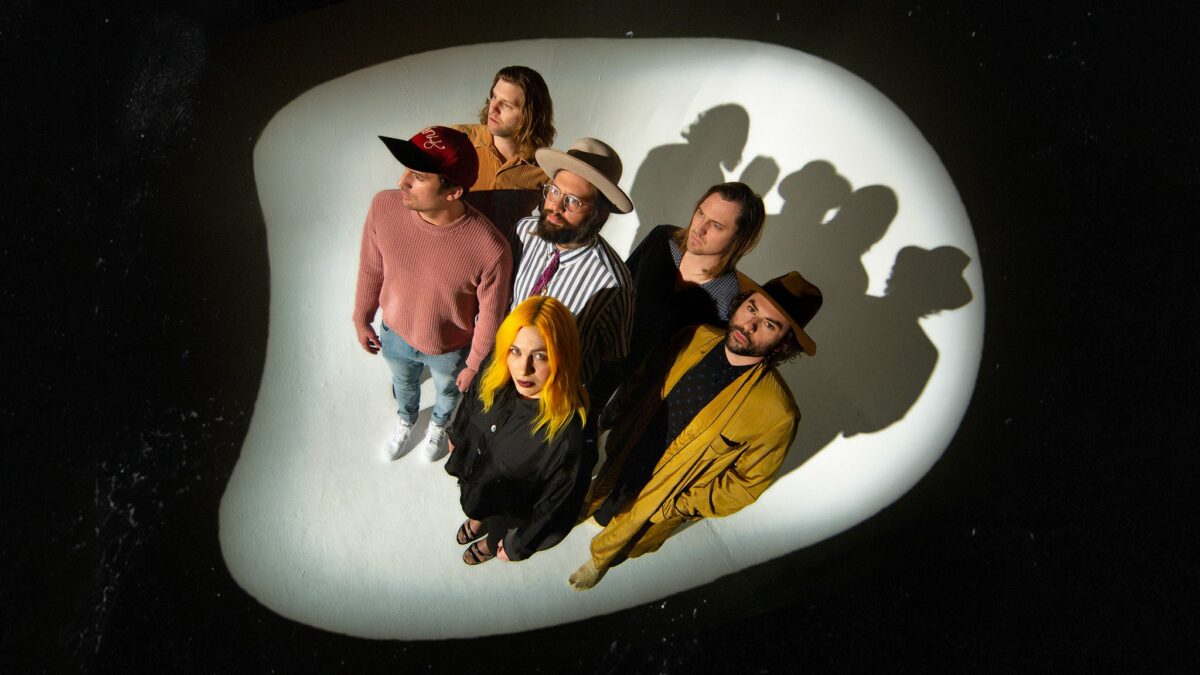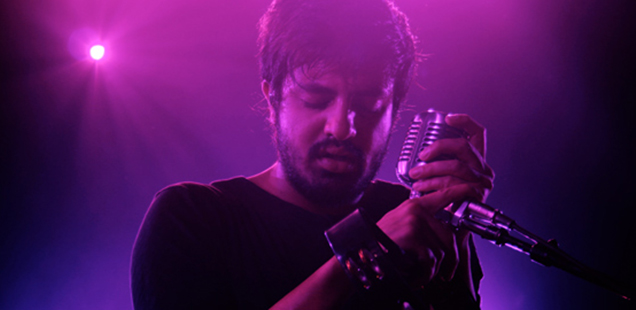111 Minna Presents: “No Vacancy” A Solo Show by Emily Fromm

Local artist Emily Fromm returns to 111 Minna for her second solo show with the gallery entitled “No Vacancy” opening in San Francisco on January 11th. Employing her signature flat, cartoonish style, this show contains about 50 paintings and pieces of original art in two bodies of work. Painted from her signature immersive perspective, the paintings capture the ethos of their cities through specific and imagined signs, signifiers, and landmarks unmistakable to their residents. Several of these will be recreated into ceramic tile mosaics which will be installed in the San Francisco International Airport, permanently linking Fromm to the dialogue of the city of San Francisco and providing an in-depth perspective to residents and visitors alike.
Fromm consciously seeks to show the “…interaction between the city’s ever-changing physical construction and residents…” and does so very poignantly throughout the show. The second part of this exhibition focuses around a character named Barry who also lives in San Francisco, albeit in an alternate reality where some of our favorite businesses are still open, and perhaps we can still afford rent. Depicted on scraps of wood found in her neighborhood near Ocean Beach, Barry allows Fromm to develop an ongoing narrative rather than painting an individual character a single time. In addition, the materiality of these works connect Barry to the history of this place and the inherent displacement associated with the hyper development of our city. Like the neon signs in front of seedy motels we, like Barry, can feel that sense of space and hope the “No Vacancy” sign is never lit on our city.
We got the chance to ask Fromm a few questions; to provide us some insight into what she’s working on now and where her work is going in the future. Be sure to check out the show, running January 11th through February 23rd.
Where do you live? You went to SF state, why did you choose that school?
I live in the Outer Sunset district of San Francisco, near Ocean Beach. I ended up going to SF State for a few reasons, but the most prominent was probably just that I was ready to leave Southern California, and San Francisco seemed like a logical place for me to go. I hadn’t traveled much at the time, but liked what I had seen and heard about San Francisco. I visited only once before deciding to move here, stopped by the campus while I was in town, and thought it felt right. I had pretty average grades growing up, but I got into State and it was possible for my mom and I to afford the tuition back then, so it just made sense. I was 17 when I made the move, and as soon as I got here I immediately felt at home.
What makes you interested in drawing the cities that you do?
I grew up driving through Los Angeles all the time, and my family took a lot of road trips. Being inundated with all of the weird sights of the Southwest had a significant impression on me – from visiting the dinosaurs on the way to Palm Springs, trying to spot the giant donut on top of Randy’s by LAX, to stopping by the giant thermometer in Barstow on our way to Vegas. I came to recognize some of my favorite signs, places and figures more as friends than as landmarks. As an adult, my interest in those kinds of scapes started to nudge it’s way into whatever I was making at the time. I started taking reference photos of landscapes to paint from later, and eventually, when I started photographing scenes here in SF, it felt like my work became stronger. The fact that I was able to draw inspiration any time I felt like going out, rather than making specific trips to visit locations I was interested in, was an extremely liberating feeling. I began to look for opportunities to shoot while walking around all the time, usually to or from work or in my own neighborhood, and immediately felt the creativity become more sustainable for me. I didn’t have to re-imagine landscapes that I fell in love with on the road, or trek out to see them. And as I’ve worked on these type of pieces more and more, I’ve come to appreciate the way that the scenes in the city are complete as-is, with the inhabitants creating complimentary characters to the structures they occupy naturally, in everyday situations.
 Golden Boy, 44″ x 36″, acrylic on panel, 2018
Golden Boy, 44″ x 36″, acrylic on panel, 2018Do you travel much? How does it feel to transform your paintings to a mosaic in such a high-trafficked area?
I travel some, but I wouldn’t say I’m always on the go. In the past few years I’ve gone to Mexico a few times, Australia, and have taken lots of local West Coast trips to LA, Seattle, Las Vegas, etc. My boyfriend and I are planning on visiting Montreal and New York in 2019. But I spend most of my time here in SF.
At this point, I really don’t know how it’ll feel to have my work displayed in such a highly-trafficked place, since it won’t be installed until 2020. I don’t hang any of my own work in my house, and usually keep my paintings tucked away, so the thought of seeing them in public every time I’m at the airport is a weird one to me. I definitely find myself wondering if I’ll still like them in 10 years, or if I’ll nitpick about the details long after they’re installed. I’m working with a mosaic fabricator who will be using four of my original paintings essentially as blueprints for the mosaic installations, so while working on the paintings, it’s hard not to think about how every little detail will be scaled up and cast in permanent materials. Mostly I just feel extremely honored to have the opportunity to work with such prestigious, talented and awesome people, and hope that people will enjoy seeing the work on their journeys. It’s humbling to know how many people will see the scenes I’ve put together for this project, and I just hope it can make traveling through our airport a little more fun and memorable.
You highlight corners of SF in an interesting way, providing a perspective more like walking down the street than taking a deliberate photo across it. How do you decide on these compositions?
I take my reference photos while walking on the street myself, so I think they naturally capture the feeling of being immersed in these places rather than viewing them from a distance. I’ve tried taking reference photos from other vantage points before, in the car or from windows, but I just don’t feel like they come out the same. So most of the time I’m shooting from the sidewalk, and am usually trying to compose the photo to be as dense as possible. I look for places with heavily layered information visible in a single frame – advertisements, signs, building texture, words, prints and patterns compressed in one block or corner. Eventually, when I adapt the image into a painting, I try to avoid having one prominent eye-grabbing focal point and focus on allowing each bit of information to occupy its own space – whether it’s a glorious neon sign or a little advertisement taped in a window or a magazine littered on the street, each element is painted in the same way and with the same colors, which I think gives equal importance to each element.
Signs occupy a huge amount of the space of paintings in this show and you use bold, distinct lines in a similar way to sign-painting itself. What is your interest in signs?
To me, signs are simultaneously information and art. Some are grandly illustrative and beautiful, and others just tell us boldly and simply where to go and what to do – danger, exit, open, stop, discount, 24 hours. I think the words, images and messages that occupy a given environment color and affect what it feels like to be there. I’ve always admired hand-painted signs and the craftsmanship that goes into them, especially here in SF, and eventually started applying a sign-painterly approach to my panels and canvases. It allows me to think about things in a very step by step way – first shape and composition, then color and placement, and finally, line work and detail – capturing the distinctive texts, patterns, and facial expressions present in the scene.
 SFO 1 Haight, 30″ x 30″, acrylic on canvas, 2018
SFO 1 Haight, 30″ x 30″, acrylic on canvas, 2018One of my favorite things about SF is the light and color in the city. Using a limited color palette, you still seem to be able to evoke the tone of the light here. Why do you choose to work with so few colors and how do you choose them?
I’ve always been drawn to art that takes a minimalist approach when it comes to color choice, and usually feel that five or six colors is enough for me to be able to capture the tones of a scene. I have certain standby colors that I always include in my work, and then from there, I choose the remaining ones based on what colors I find to be most important in the actual scene. Sometimes I’ll introduce a certain color into a painting because there’s one little thing in the scene that I noticed, and I just need to include it. The standout colors in any given place are a big part of what makes it feel iconic or memorable, so I find that using just one or two colors that actually are present is often enough to evoke the feeling of being there. The last choices are usually made out of necessity – I’ll need a few shades to use for skin tones and hair colors, concrete or bricks, etc. When I was first painting seriously, I really didn’t like that I had to mix brand new colors each day, so eventually I just started mixing really large quantities of paint in jars and stopped using a palette entirely. That’s what I still do now. I have a lot of colors that are “the” orange or “the” blue that I keep on hand and use all the time, and then others that I use less, greens and browns and purples, that I change a little bit for each painting. I think overall the approach allows my paintings to interact with each other, but still allows each piece to be distinctive and true to the colors in the scene being represented.
Barry lives in an alternate version of SF. What is that version like?
Honestly, I wouldn’t say that it’s super different than the real one. But the differences are there, and I think they’re significant enough to distinguish this imaginary city from SF in reality. When I started the project a year and a half ago, I wanted to allow myself – or maybe wanted to force myself – to stray away from what I had gotten comfortable with, which was finding just the right shots out in the city and making paintings based on them. I had hoped that the project would loosen me up a bit, and wanted to give myself the opportunity to re-imagine and re-describe what I see rather than paint it directly. So in that regard, I’ve allowed businesses to stay open in Barry that would otherwise be closed. Some paintings are direct spin offs of existing places, some are altered consciously, and others are just incorrectly remembered, painted from memory. Ultimately, Barry has given me my first opportunity to develop any kind of ongoing narrative, since I otherwise usually only paint people once. It’s made me think deeper, not just about Barry’s interests, motives, moods and actions, but about those of all of the other people I paint as well.
